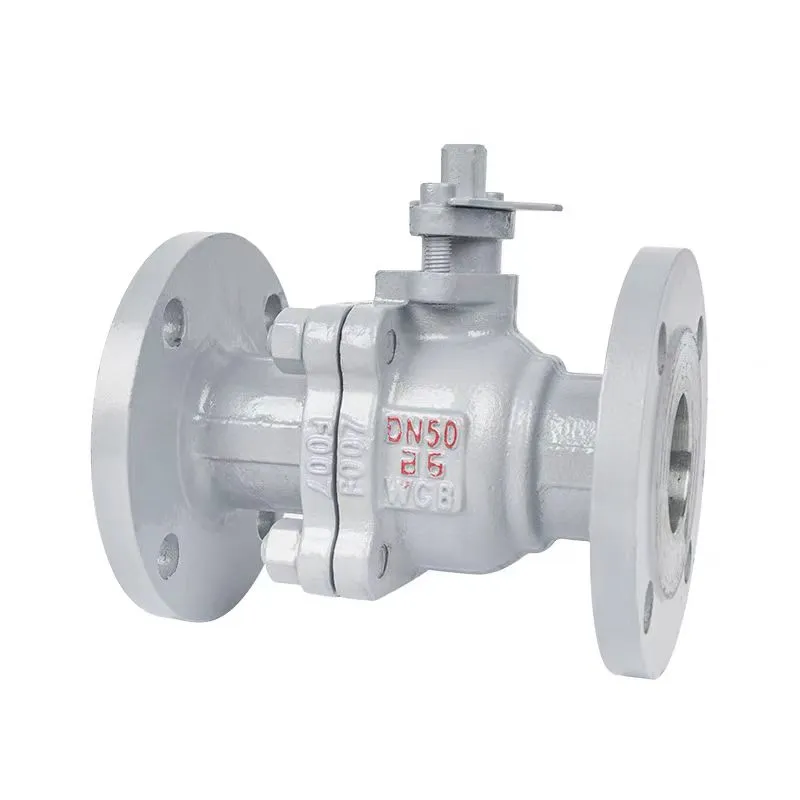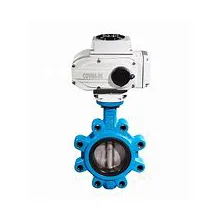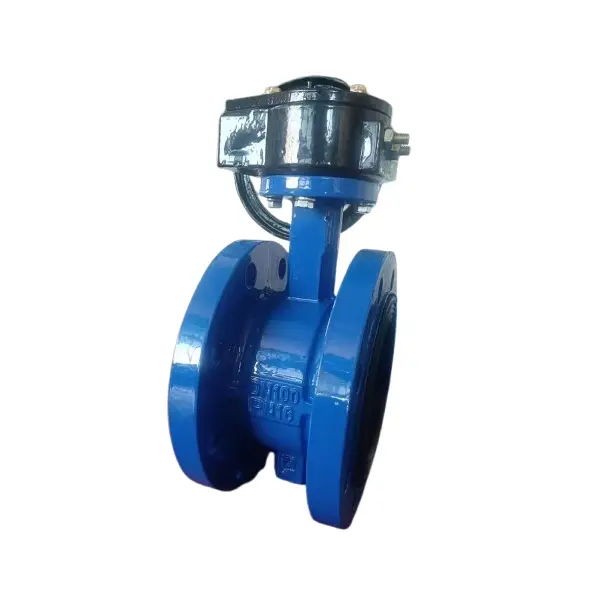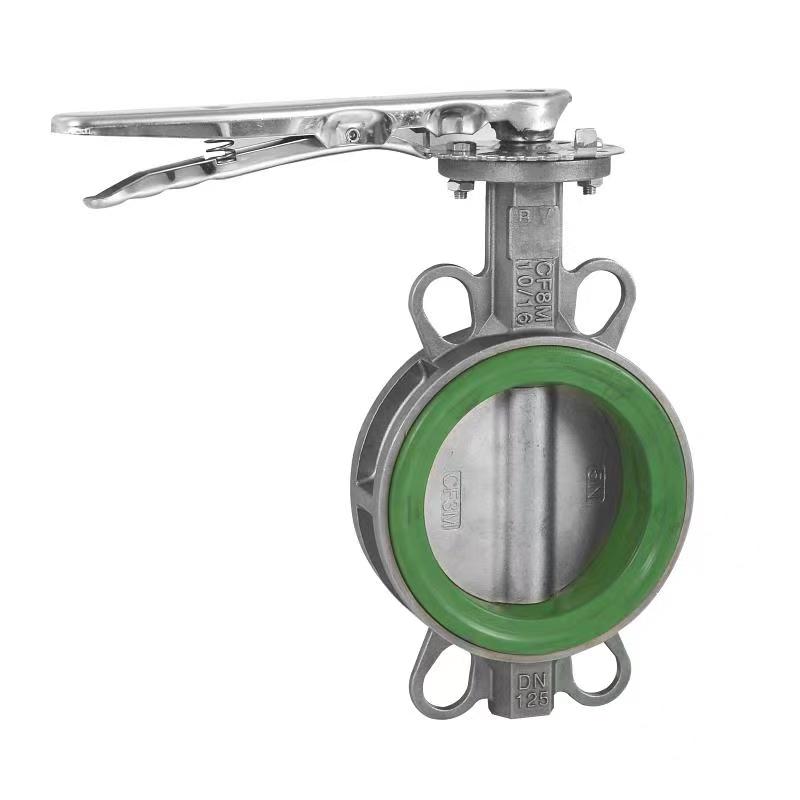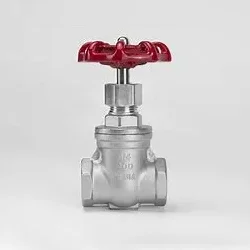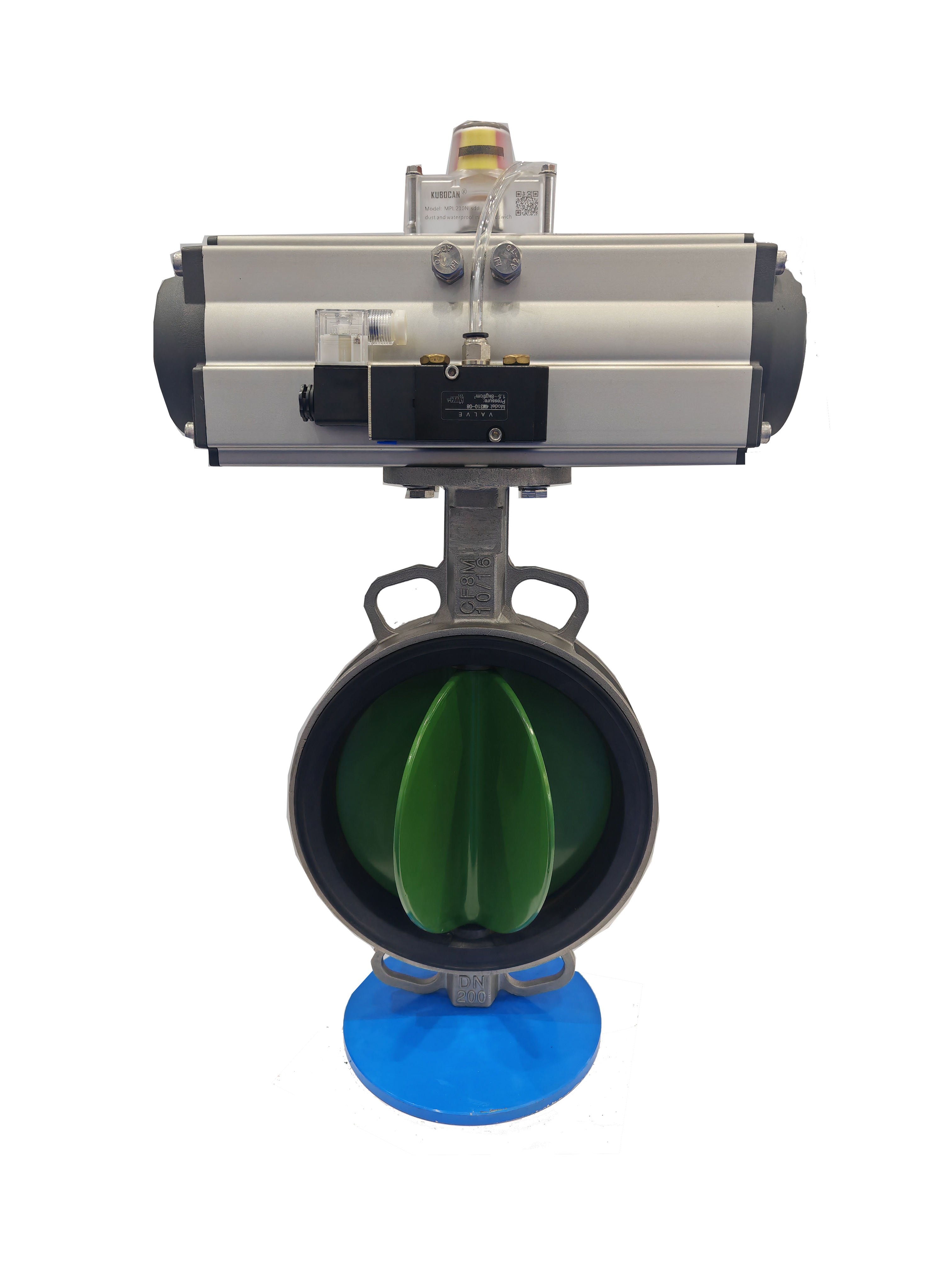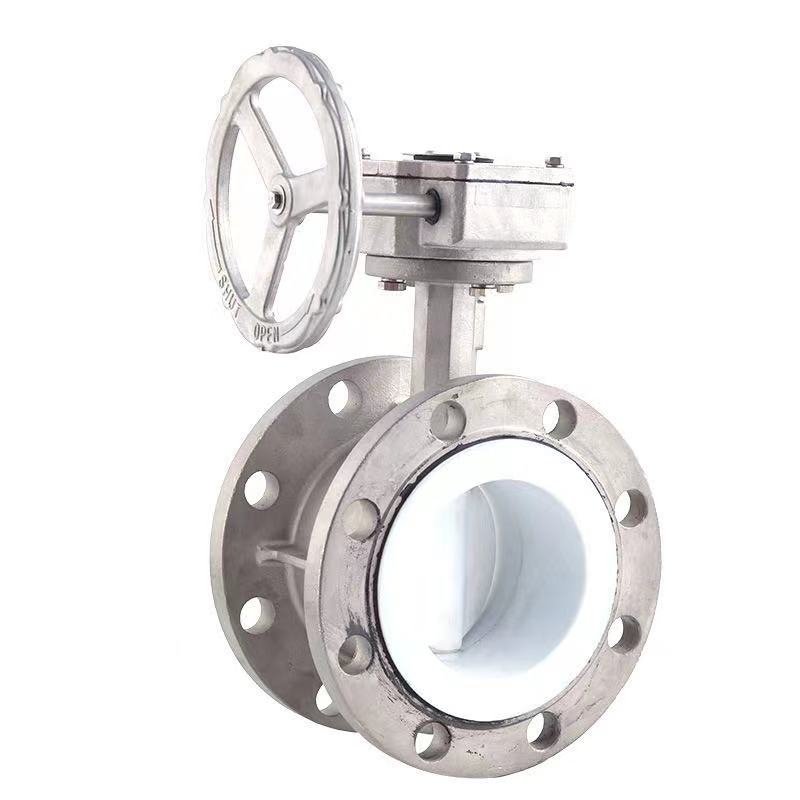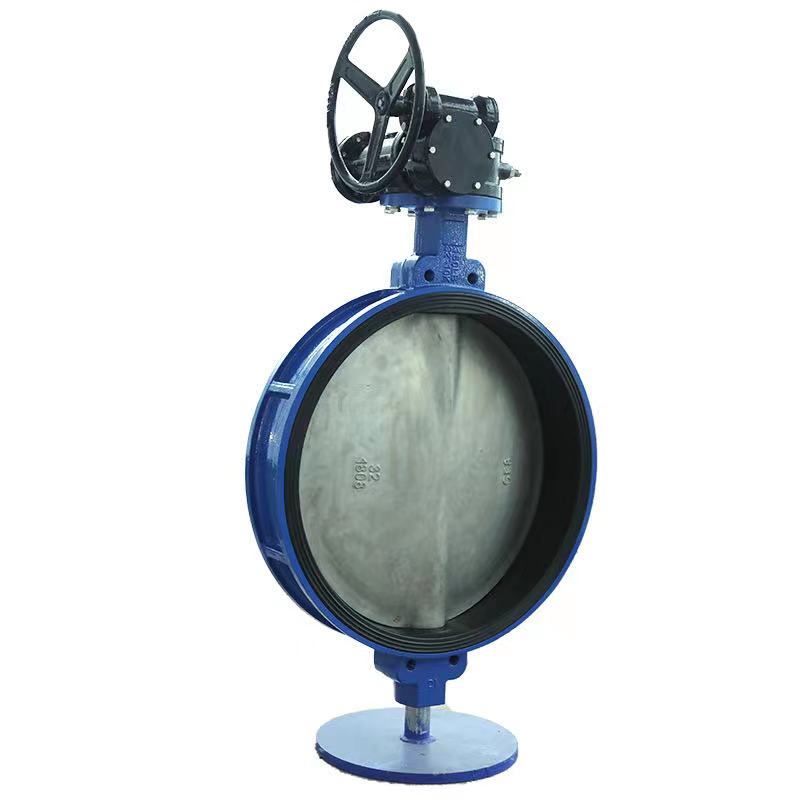- English
- Español
- Português
- русский
- Français
- 日本語
- Deutsch
- tiếng Việt
- Italiano
- Nederlands
- ภาษาไทย
- Polski
- 한국어
- Svenska
- magyar
- Malay
- বাংলা ভাষার
- Dansk
- Suomi
- हिन्दी
- Pilipino
- Türkçe
- Gaeilge
- العربية
- Indonesia
- Norsk
- تمل
- český
- ελληνικά
- український
- Javanese
- فارسی
- தமிழ்
- తెలుగు
- नेपाली
- Burmese
- български
- ລາວ
- Latine
- Қазақша
- Euskal
- Azərbaycan
- Slovenský jazyk
- Македонски
- Lietuvos
- Eesti Keel
- Română
- Slovenski
- मराठी
- Srpski језик
- Esperanto
- Català
- שפה עברית
- Cymraeg
- Latviešu
- icelandic
- ייִדיש
- беларускі
- Hrvatski
- Kreyòl ayisyen
- Shqiptar
- Malti
- lugha ya Kiswahili
- አማርኛ
- Bosanski
- Frysk
- ភាសាខ្មែរ
- ქართული
- ગુજરાતી
- Hausa
- Кыргыз тили
- ಕನ್ನಡ
- Corsa
- Kurdî
- മലയാളം
- Maori
- Монгол хэл
- Hmong
- IsiXhosa
- Zulu
- Yoruba
- অসমীয়া
- ଓଡିଆ
- Twi
- Samoa
- Sesotho
- සිංහල
- Gàidhlig
- Cebuano
- Somali
- Тоҷикӣ
- O'zbek
- Hawaiian
- سنڌي
- Shinra
- Հայերեն
- Igbo
- Sundanese
- Lëtzebuergesch
- Malagasy
- Tǝlam Kanuri
- Punjabi
- پښتو
- Chichewa
What is the pressure range of the ball valve?
2025-10-16
As the core control component in industrial pipeline systems, ball valves have significant differences in pressure range due to structural types, materials, and driving methods. They can be specifically divided into the following three categories:
1. Pressure range of conventional ball valves
Conventional ball valves typically use floating or fixed ball structures, with a pressure range concentrated between 0.6-50MPa. For example, the nominal pressure of carbon steel ball valves can reach 1.0-64MPa, suitable for media such as water, acid, and natural gas; The nominal pressure of the three piece ball valve is 1.6-6.4MPa, and it is suitable for temperatures ranging from -20 ℃ to 350 ℃. It can handle water, oil, gas, and corrosive liquids; The working pressure of UPVC pneumatic ball valve is 0.6-1.0MPa, suitable for corrosion-resistant, hygienic and non-toxic working conditions.
2. Pressure range of high-pressure ball valve
High pressure ball valves are designed for extreme working conditions, with a pressure range of 1.6-50MPa (corresponding to standard grades of 150LB-3000LB). For example, stainless steel high-pressure ball valves are made of 304/316 stainless steel material, and a 0.5mm hard alloy layer is formed on the sealing surface through laser cladding technology. They can withstand high temperatures of 600 ℃ and are suitable for high-pressure pipeline systems such as petroleum refining, chemical engineering, and power; The pressure rating of the two-stage pneumatic ball valve is PN1.6-6.4Mpa, suitable for medium and high pressure fluid control and filling systems.
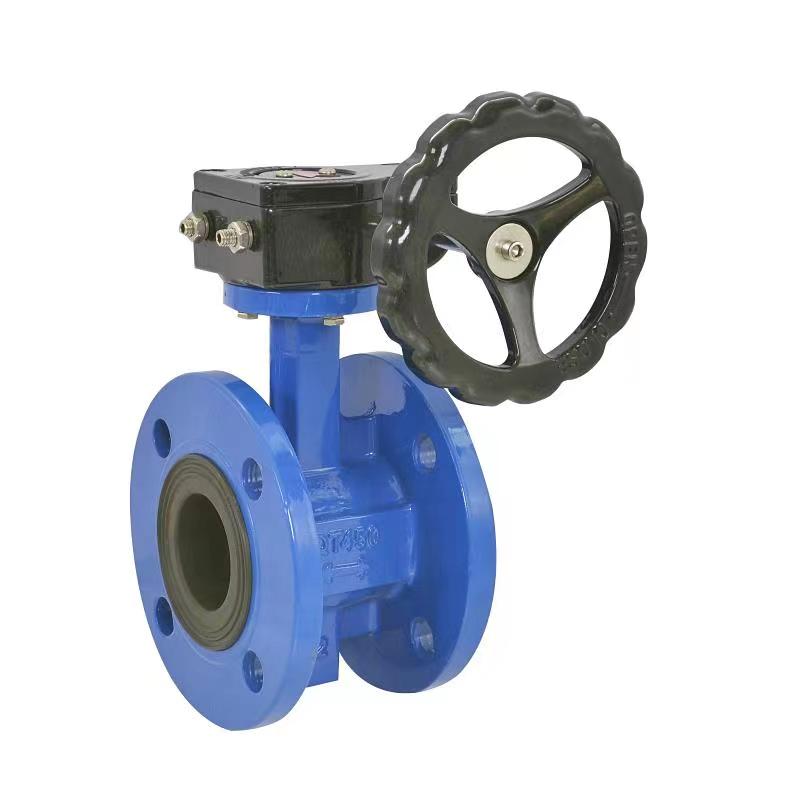
3. Pressure range of ball valves under special operating conditions
For special media or environments, the pressure range of ball valves needs to be further optimized. For example, the working pressure of pneumatic sanitary grade ball valves is 0.4-0.7Mpa (pressure range PN0.1-10Mpa), which is suitable for industries with high hygiene requirements such as food and medicine; The low-temperature ball valve adopts a long neck structure design to prevent the sealing failure of the valve stem packing under low-temperature conditions, and the pressure range can cover ultra-low temperature conditions; The insulated jacket ball valve prevents medium crystallization by passing steam through the jacket, and is suitable for working conditions where the medium is prone to crystallization.
Selection suggestions
When choosing a ball valve, it is necessary to consider the characteristics of the medium, pressure rating, and temperature range comprehensively. Under normal operating conditions, carbon steel or three piece ball valves can be selected; Stainless steel high-pressure ball valves should be given priority in high-pressure environments; Customized design is required for special working conditions, such as low-temperature ball valves or insulated jacket ball valves.
Related News
- Are there any requirements for the installation direction of butterfly valves?
- How long is the service life of butterfly valves generally?
- What media environments are butterfly valves suitable for?
- What will happen to ball valves at low temperatures?
- What is the basis for achieving ball valve sealing?
- Why can ball valves open and close quickly?
New Products




